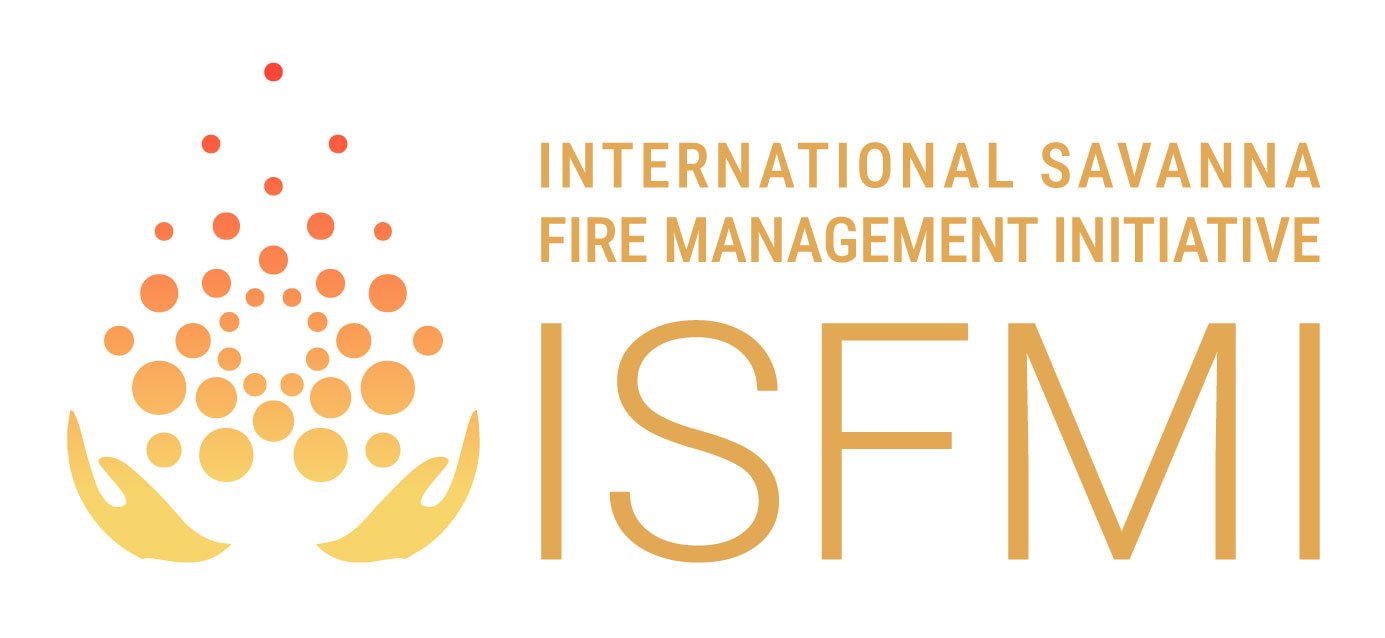In Oregon’s Bootleg Fire, An Island of Resilience, the Sycan Marsh Preserve, suggests that ‘Forest Treatments Work’
The following note is reproduced from the Forest Trends newsletter.
“A special note from Sally Collins, Former Associate Chief, United States Forest Service, and Forest Trends Board Member
July 25, 2021 | Every corner of the planet is dealing with the impacts of climate change, whether uncharacteristic hurricanes, floods, landslides, wildfires, or intense heat, to name just a few. It touches nearly all that we have known to be secure—food supplies, our forests, our homes, our everyday lives. The drumbeat is loudest this month as we watch floods in China and Germany, a heat dome in the Pacific Northwest, fires in Russia, and one of the largest wildfires in the history of Oregon (where I call home) still raging uncontrolled at 400,000+ acres.
We are seeing changes today we had hoped not to see until mid-century. We’ve known the drivers of climate change for decades, but have lacked the political will or a clear global strategy to take the big collective steps to act.
Yet we have also learned a lot over the decades about wildfires. They are burning larger, hotter, and unseasonably longer than in documented history. But science shows us that strategically thinning and prescribed burning larger landscapes before a fire can reduce the severity of wildfires, make them safer for firefighters to fight, and protect important resources essential for life as we know it, like homes, power grids, and water infrastructure. While the solution set will look a little different depending on local conditions, forest treatments work.
Just this week on the massive Bootleg fire in Oregon, earlier treatments conducted by the Nature Conservancy (TNC) contributed to slowing the fire and cutting the heat, reducing damage to the remaining landscape, and giving firefighters a better chance of success.
For more than a decade, researchers at the Sycan Marsh Preserve have thinned trees, dead branches, and underbrush, and conducted small prescribed burns with the goal of restoring the forest to conditions that existed before western settlement, a time when small fires were allowed to burn naturally. Firefighters on Bootleg fire are reporting that when the fire met the preserve, there was not enough ground fuel for the fire to burn as hot or reach as high.
We need to scale these projects to whole watersheds. Healthy “natural infrastructure” makes landscapes more resilient, by reducing the severity of wildfire and building resilient landscapes that retain more water during dry times.
Forest Trends and its Board of Directors are working hard to build the unique coalitions needed to change the way we manage landscapes in the US West and around the world. We have a once-in-a-generation opportunity to make the investments in natural infrastructure that can make places like the Sycan Marsh Preserve the rule, rather than the exception, when wildfires occur. The task is to set some politics aside and collectively act - and at the scale needed to have an impact.”
